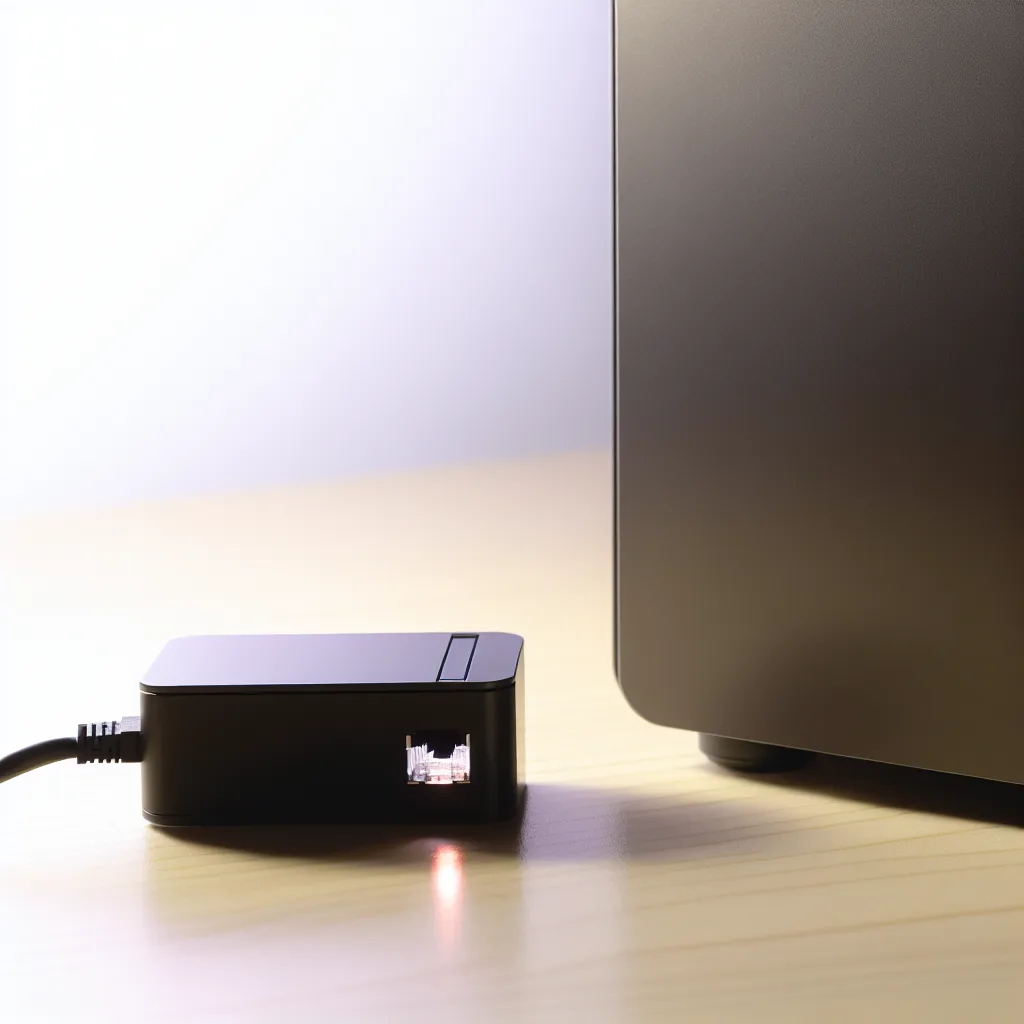Let’s settle the USB vs. PCIe network stability debate once and for all.
I found myself in a familiar spot the other day. I was tinkering with a new small form-factor (SFF) PC for my homelab, a compact little box of potential. The problem? I needed another network port, but with no free PCIe slots, I was stuck. The immediate thought was to grab a USB-to-Ethernet dongle, but a little voice in the back of my head whispered the old warnings about stability. It’s a common question we see: are USB Ethernet adapters reliable, or are they just a temporary fix waiting to fail? Let’s talk about it.
It’s August 2025, and technology has marched on, but the reputation of these handy little adapters still lags behind. If you’ve been in the tech world for a while, you probably remember the “bad old days” of USB networking. And honestly, that reputation was earned.
The Old Story: Why We Didn’t Trust USB Adapters
Back then, using a USB network adapter felt like a gamble. You’d plug it in, and maybe it would work perfectly, or maybe you’d spend the next hour hunting for obscure drivers. The issues were pretty consistent:
- Dropped Connections: They were notorious for randomly disconnecting, especially under heavy load.
- High CPU Usage: The computer’s processor had to do a lot more work, which could slow everything else down.
- Driver Nightmares: Compatibility was hit-or-miss, with many generic adapters requiring specific, often outdated, drivers to function.
- Slow Speeds: Most of these were limited by the USB 2.0 standard, which has a theoretical max of 480 Mbps—a far cry from the gigabit speeds we expect today.
So, if you’ve been avoiding them based on past experiences, I don’t blame you. But the hardware landscape looks completely different now.
What’s Changed with Modern USB Ethernet Adapters?
The core technologies that caused all those old problems have improved dramatically. The difference between a USB adapter from ten years ago and one you’d buy today is night and day.
First, the USB standard itself is worlds better. We’ve moved from the shaky ground of USB 2.0 to the solid foundation of USB 3.x and USB4/Thunderbolt. These new standards offer way more bandwidth than even a 10 Gbps network connection needs, and they provide more stable, consistent power. You can learn more about the specifics of the latest standards directly from the USB Implementers Forum (USB-IF).
Second, the chipsets inside these adapters are more mature and powerful. Companies like Realtek, Aquantia, and Intel are making highly efficient chips that are often the same ones you’d find on a motherboard’s built-in Ethernet port. This also means driver support is way better. Modern operating systems—Windows, macOS, and most Linux distros—recognize these chipsets instantly. It’s usually a true plug-and-play experience.
Performance Check: Are USB Ethernet Adapters Fast Enough?
Okay, so they’re more stable, but can they keep up? For most common speeds, absolutely.
- 1 Gbps & 2.5 Gbps: For these speeds, a quality USB 3.0 adapter is rock-solid. You will not notice a difference in performance for everyday tasks, streaming, or file transfers compared to a PCIe card.
- 5 Gbps & 10 Gbps: This is where it gets more interesting. High-quality USB-C or Thunderbolt adapters can and do hit these speeds reliably. However, they are more sensitive to the quality of the port you plug them into and can use a bit more CPU power than their PCIe counterparts. For a deep dive into high-speed networking hardware, sites like ServeTheHome are an incredible resource for detailed reviews and benchmarks.
The bottom line is that for a homelab, a workstation, or even just adding a wired connection to a laptop, a modern adapter is more than capable. I’m using a 2.5 Gbps USB adapter on my SFF server right now, and it’s been humming along flawlessly.
Final Verdict: Should You Use One?
So, has the myth of the unstable USB adapter been busted? I’d say a resounding “yes.”
While a dedicated PCIe card, like one from Intel’s lineup, will always have a slight technical edge in latency and CPU overhead, the practical difference for 95% of users is negligible.
If you’re building a top-tier router that handles immense traffic or a system where every microsecond of latency counts, stick with PCIe. For everyone else? Don’t hesitate. If you need an extra port and USB is your only option, grab a well-reviewed, modern adapter and get connected. The convenience is undeniable, and the stability is finally there to back it up.
